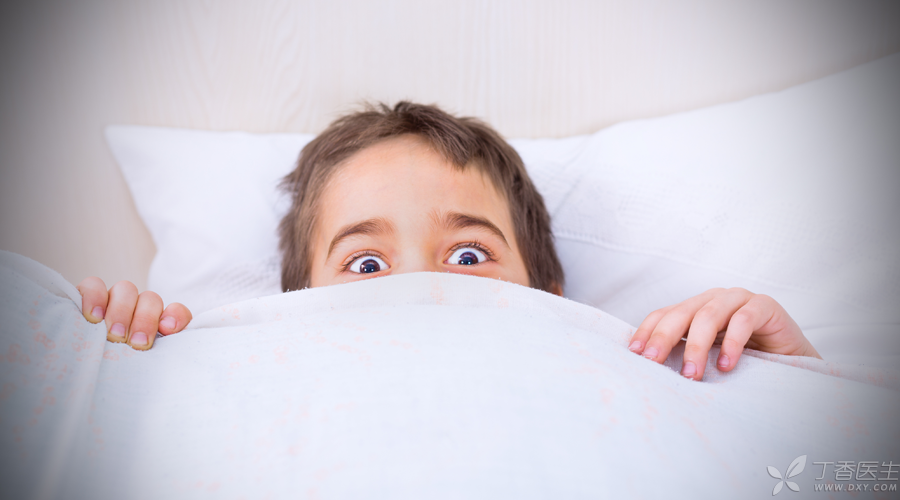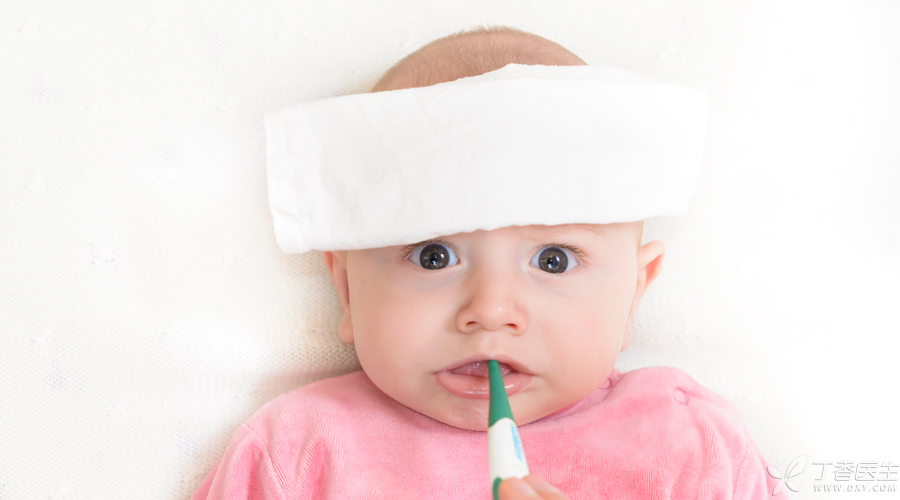Recently, a piece of news came from the accident and emergency department of a hospital in Hangzhou:
A 4-year-old child was sent to the accident and emergency department. His body was wrapped in a small blanket and had a high fever of 39 ℃. His arms, neck and back were covered with red marks and Qing Wu. Among them, blood was pinched out…….
Good child, how did this happen?
After understanding the cause and effect of the news, it was discovered that all this was caused by the children’s families.
Because the child woke up from a nap and looked sickly, his body was still a little hot. The old man in the family thought it was caused by the child’s mother turning on the air conditioner, and then scraped him with soil.
In the process of scraping, the child suddenly twitched, his eyes turned up, his teeth closed firmly, his lips were black, and his hands and feet began to smoke. Grandma was so scared that she pinched his people. Because of too much force, she also pinched out blood.
On the way to the hospital, Grandma wanted to keep the dazed child awake and kept pinching his arm.
A series of unscientific nursing methods of the elderly eventually led to the 4-year-old child arriving at the hospital [covered in injuries]…
In fact, the situation of the child in the news belongs to febrile convulsion caused by high fever. When this happens, mothers must not panic or deal with it blindly.
We specially invited pediatrician Mao Chenggang to popularize science. When the baby suffers from febrile convulsion, the mother should adopt the correct nursing method.

Doudou’s condition belongs to febrile convulsion caused by high fever. When this happens, mothers must not panic or deal with it blindly. [Clove Mother] specially invited pediatrician Mao Chenggang to popularize science about the correct nursing methods that mothers should adopt when babies suffer from febrile convulsion.
The baby has a fever, and heat dissipation is the key.
When the baby has a fever, the first thing the mother should do is to take her body temperature. When the baby’s body temperature exceeds 38.5 ℃, she will take antipyretics for the baby.
At the same time, help the baby take off thick clothes, wear less, heat dissipation and cooling.
As long as the body temperature is controlled below 38.5 ℃, and the baby’s mental state is not bad, mothers do not need to worry too much. Proper body temperature can also mobilize the baby’s immune function, and there is no need to deliberately reduce the body temperature to completely normal.
If the baby has repeated fever and shows no signs of relief, or the fever lasts for more than two days, it is necessary to go to the hospital to test the blood routine, look at the inflammatory indicators, and carry out the next diagnosis and treatment under the guidance of the doctor.
Mothers should also pay attention to the baby’s mental state. If the baby’s mental state has been depressed, they also need to see a doctor in time.
Persistent high fever sometimes causes convulsions in the baby’s body. Faced with such a situation, mothers should not panic first and decide how to deal with it according to the baby’s symptoms.
Fever convulsion is how to return a responsibility?

When the baby twitches, the mother must first distinguish whether it is febrile convulsion. If it is judged to be febrile convulsion, don’t worry too much.
Manifestations of febrile convulsion:
1. The child’s limbs shake, his teeth are closed, his eyes are staring, his complexion is blue, his urine and feces are incontinent, etc.
2. Usually, the duration of each convulsion attack is about three minutes, and the convulsion attack does not exceed two times during each fever.
3. Convulsions ease the baby’s mental state is still relatively good after waking up.
If there are the above manifestations, the baby can be judged to be febrile convulsion.
Children aged 6 months to 6 years old have not yet fully developed their brains. When their body temperature rises rapidly at that time, they are prone to febrile convulsion, which is an accompanying symptom in the baby’s fever process and generally does not have sequelae.
If there are the above-mentioned manifestations, the baby can basically be judged to be febrile convulsion, so mothers need not worry too much.
However, the following situations need to be paid attention to by mothers:
- Convulsions during normal or low fever; Obvious asymmetric convulsions or unilateral convulsions occurred; More than two repeated convulsions occurred; Convulsions are accompanied by vomiting and diarrhea.
At this time, the baby is not a simple febrile convulsion, and other causes need to be considered. The baby may have encephalitis and needs to draw blood, take films and further treatment under the guidance of doctors.
When the baby’s febrile convulsion occurs, should the mother be what?

Don’t panic, don’t panic, don’t panic! Say important things three times!
What parents need to do is:
Step 1 Keep the respiratory tract unobstructed
Quickly let the baby lie flat with his head on one side, keep the respiratory tract unobstructed, and avoid oral secretions or vomitus blocking the nose and mouth, or inhaling the lungs by mistake and causing hypoxia or asphyxia.
2. Physical cooling
Unbutton the baby’s clothes, dissipate heat and cool down, and keep the environment cool.
The baby’s body is hot and can be cooled physically. Wipe the baby’s body with a hot towel or use an antipyretic bolt.
If the baby’s hands and feet are cold, the mother can help rub them to maintain good blood circulation.
3. Seek medical treatment in time
Immediately send to the nearest hospital for paediatric emergency treatment, and pay attention to the key points in Articles 1 and 2 on the way.
How to prevent febrile convulsion?
1. The first two or three days of the baby’s fever, if it exceeds 38.5 ℃, it needs to be fed with antipyretics. Generally, it is taken once every 4 ~ 6 hours for the baby. The baby is in good spirits and the body temperature is controlled below 38.5 ℃, so the mother need not worry too much.
2. On the basis of ensuring the comfort of the baby, it can be physically cooled, scrubbed and bathed.
3. Keep the environment ventilated, cool and refreshing.
4. Covering sweat, scraping and other methods are unreliable.
5. When the baby has repeated high fever and continues to suffer from depression, take the baby to the hospital in time.
